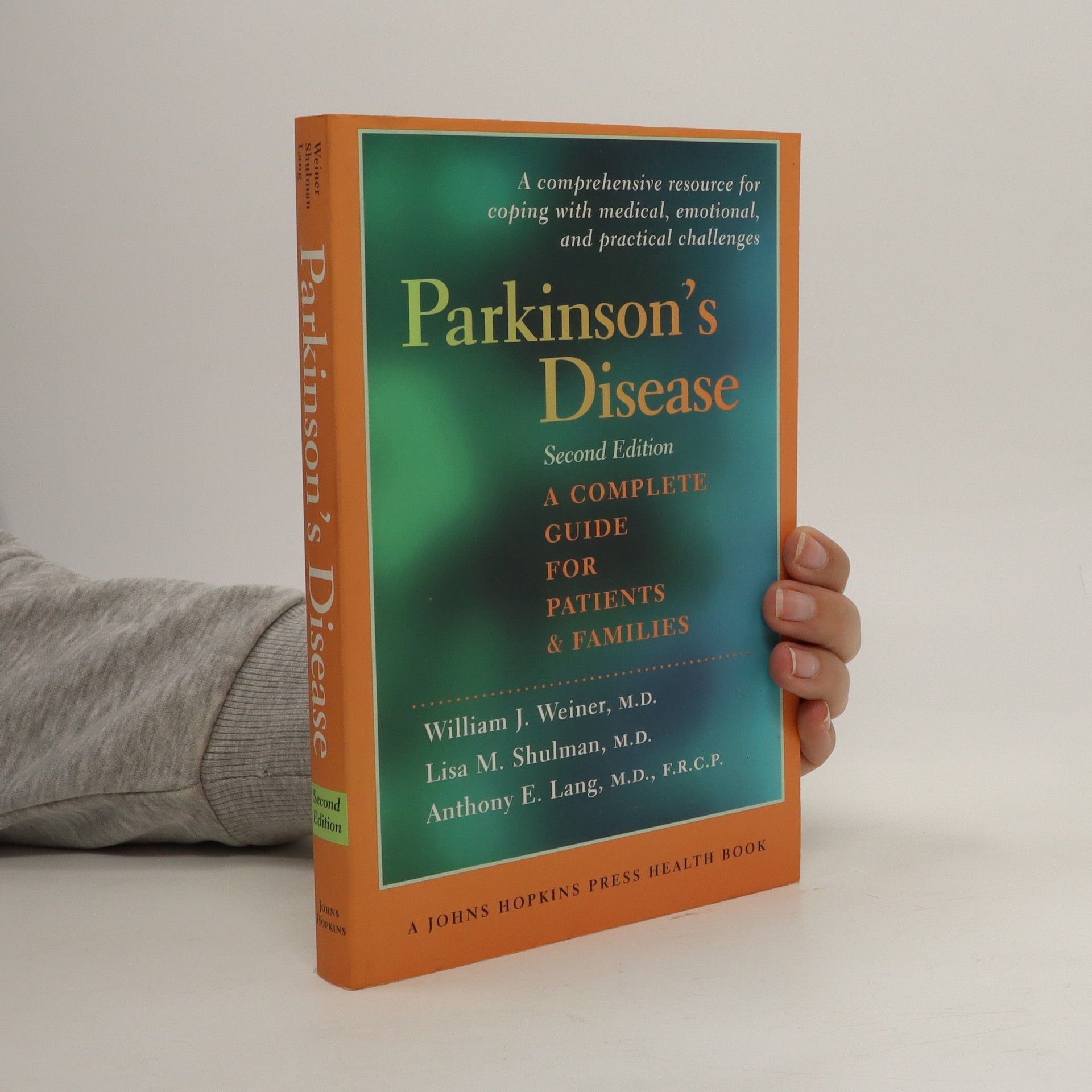Parkinson's disease : a complete guide for patients and families
- 296pages
- 11 heures de lecture
Recent innovations, including deep brain stimulation and new medications, have significantly improved the lives of people with Parkinson’s disease. Nevertheless, medical, emotional, and physical challenges remain. The second edition of this accessible and comprehensive guide provides crucial information for managing this complex condition, including details on the use of medications, diet, exercise, complementary therapies, and surgery. The second edition includes new information about: • The genetic and hereditary pattern of the disease • Medications and uses of established medications • Other approaches to treating the symptoms of Parkinson’s • Juvenile-onset Parkinson’s disease • Normal pressure hydrocephalus • The effects of fluctuating hormones on disease symptoms • Fetal cell transplants and porcine cell transplants • The nutritional supplement Co-Enzyme Q10

